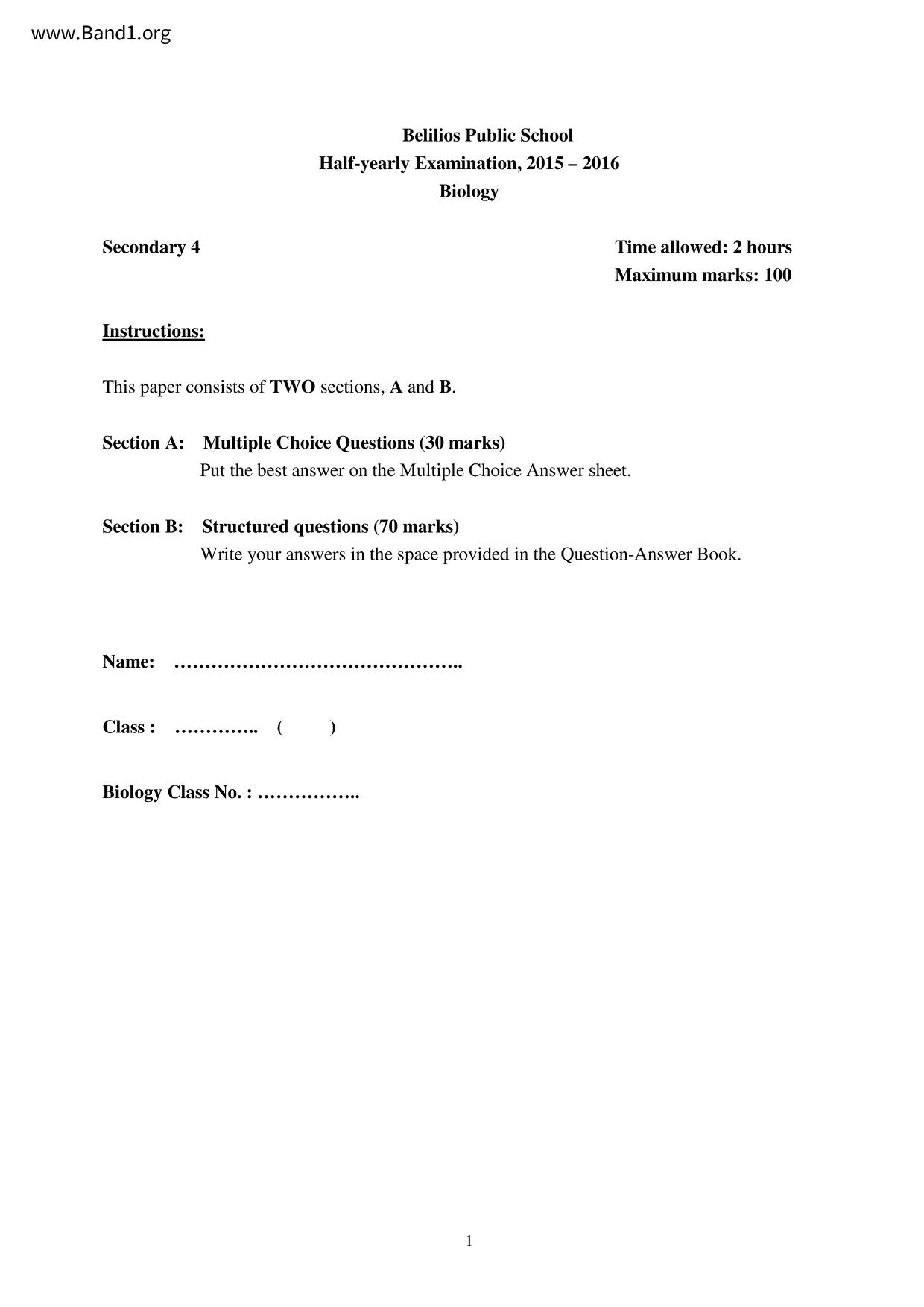香港中四生物試卷
編號:
6647
地區:
香港 (HK)
學校:
庇理羅士女子中學
(BELILIOS PUBLIC SCHOOL)
年級:
中四 (F4)
科目:
生物 (Biology)
年份:
2015-2016
卷種:
考試
檔案格式:
pdf
頁數:
35
檔名:
bio Half_yearly_Exam_Q_A (1)
▼ 圖片只作預覽, 如欲下載整份卷, 請按「免費成為會員」 ▼
庇理羅士女子中學 (名校卷)
 ▲ 圖片只作預覽, 如欲下載整份卷, 請按「免費成為會員」 ▲
▲ 圖片只作預覽, 如欲下載整份卷, 請按「免費成為會員」 ▲香港中四生物試卷 PDF
下載試卷只限會員尊享